A photographer spent years memorializing some 300 sites of fatal police shootings across America
In 2015 alone, 1,146 people died during or after interactions with law enforcement officials in the US. In 2016, the death toll was 1,093, per “The Counted,” a special report and database from The Guardian. (In both years, the vast majority of deaths were classified as due to gunshot wounds, with a small number of fatalities after individuals were tased, struck by police vehicles or reported as a “death in custody.”)
For the photographer Diana Matar, seeking to memorialize these deaths — and the liminal spaces they represent — proved overwhelming to consider as a project, even at a smaller scale. She narrowed her focus down to four states; California and Texas, because they had the highest number of such incidents across the country, and Oklahoma and New Mexico because they consistently had some of the highest rates per capita.
“I thought I could photograph (where) every encounter happened in two years in these four states, and it just became impossible,” Matar told CNN. “Timewise, financially, in every possible way.”
Still, over some three years of photography trips, Matar drove hundreds of miles across the four states, visiting more than 300 locations where people had died during (or following) an encounter with law enforcement officers in 2015 and 2016. 110 of these images are published now in the monograph “My America;” quiet, monochromatic images of everyday sites like parking lots, rural roads and suburban sidewalks.
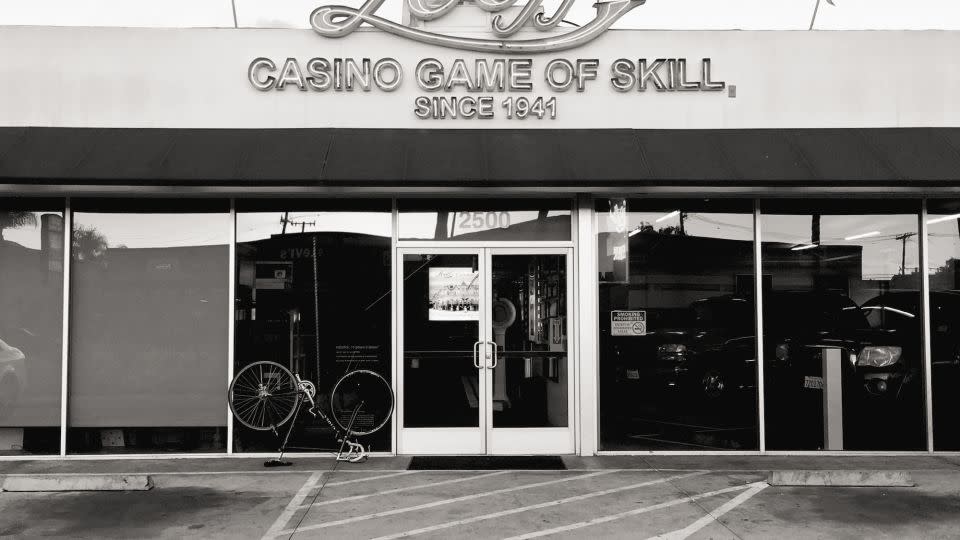
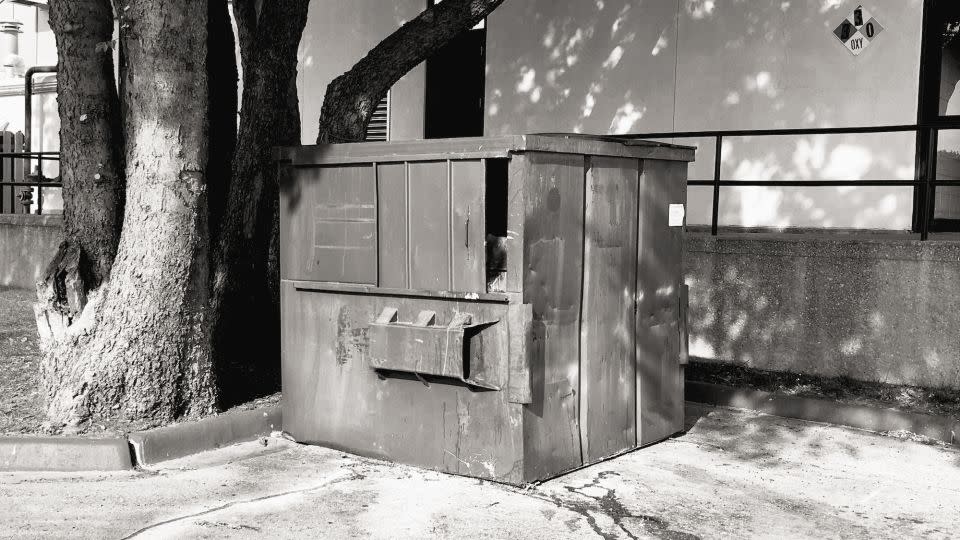
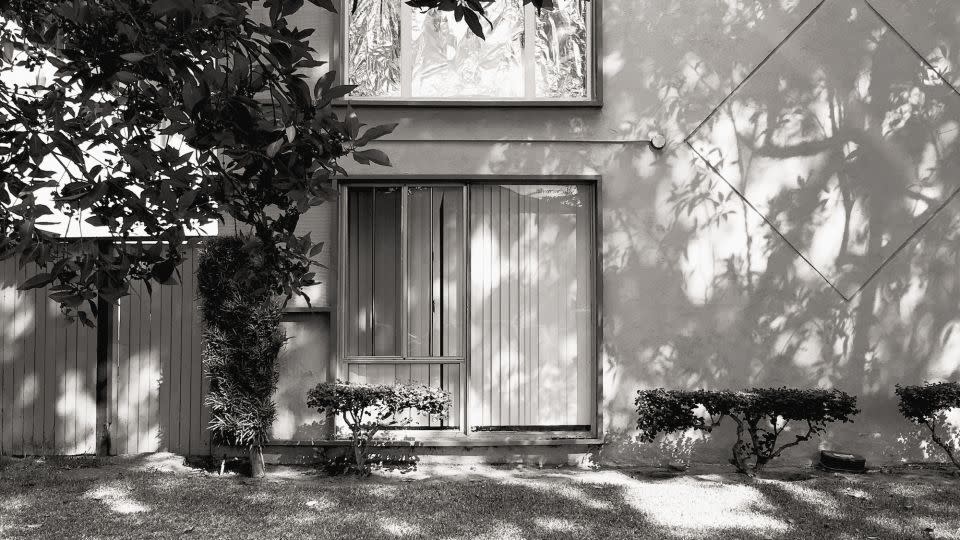
Patches of grass at an empty roadside mark the place where 40-year-old Terence Crutcher was killed by a police officer in Tulsa, Oklahoma, in 2016. In Addison, Texas, birds perching on telephone wires overlook the site where 16-year-old Jose Cruz was murdered by an off duty police officer that same year. (In 2018, the officer was sentenced to 10 years in prison, having been found guilty of murder and aggravated assault.) Two chairs on a sunny sidewalk in Los Angeles, California, indicate where 37-year-old Norma Guzman, 37, was shot and killed by police officers in 2015.
Beside each image in the book are three brief lines of biographical information: the name of the deceased, their birth and death years, and the site’s location.
“I was really adamant about how the photographs would be presented. I just wanted it to be a name,” said Matar, who consulted family and victims’ support groups. “I didn’t want the last thing to be thought of about these people was the way they died. These were people, with lives.”
“There are so many images, and so many images of violence that we kind of turn off,” Matar added continued of today’s era of social media and smartphones. “I think we need space to digest, and I wanted to approach this in a way that was quite quiet. I wanted images that did not reinforce the violence. I wanted images that you can look at, and imagine this very banal place as the last place someone has been.”


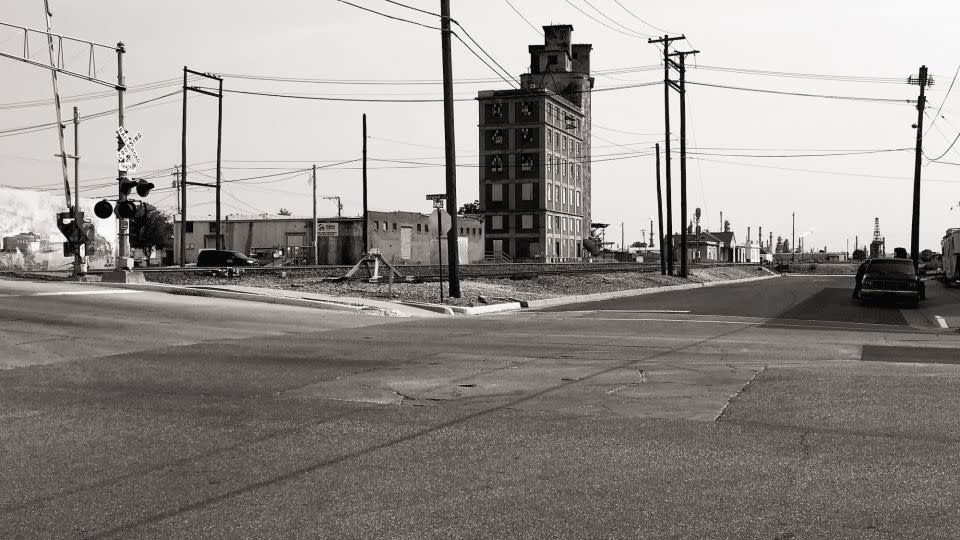
An internationally acclaimed photographer and distinguished artist at Columbia University’s Barnard College in New York City, Matar’s relationship with documenting landscapes and violence is rooted in her own personal experiences. In 1990, her father-in-law was forcibly disappeared by the Gadhafi regime in Libya, and was never seen by his family again. “I was familiar with this idea of the legacy of state-sponsored violence and what it does intimately to a family… but also really looking at it through photography and what these landscapes hold,” Matar said.
Matar was born in California but has lived abroad for nearly two decades. Her photographic practice has taken her to locations across Libya, North Africa, Italy and Ukraine looking at the intersections of landscape and memory, in particular examining spaces where people had been killed or forcibly interned. But before beginning her work on “My America,” she had never turned her lens on the US.
In 2014 and 2015, the police killings of Black men and boys including Eric Garner in New York City, 18-year-old Michael Brown in Ferguson, Missouri, 12-year-old Tamir Rice in Cleveland, Ohio and Walter Scott in Charleston, South Carolina, captured on camera and shared on social media, sparked national protests and a racial reckoning. Matar felt compelled to return to America. “I had worked on issues around landscapes of violence and state violence for many years outside of my home country, and I wanted to start researching what was happening from that point of view (in the US).”
Using a range of sources — including victim databases, media coverage, district attorney documents and police reports — Matar made her work during six lengthy road trips. She would watch videos or local news coverage of what happened at the location right before photographing the site in question. “That really was very emotionally affecting,” she said.
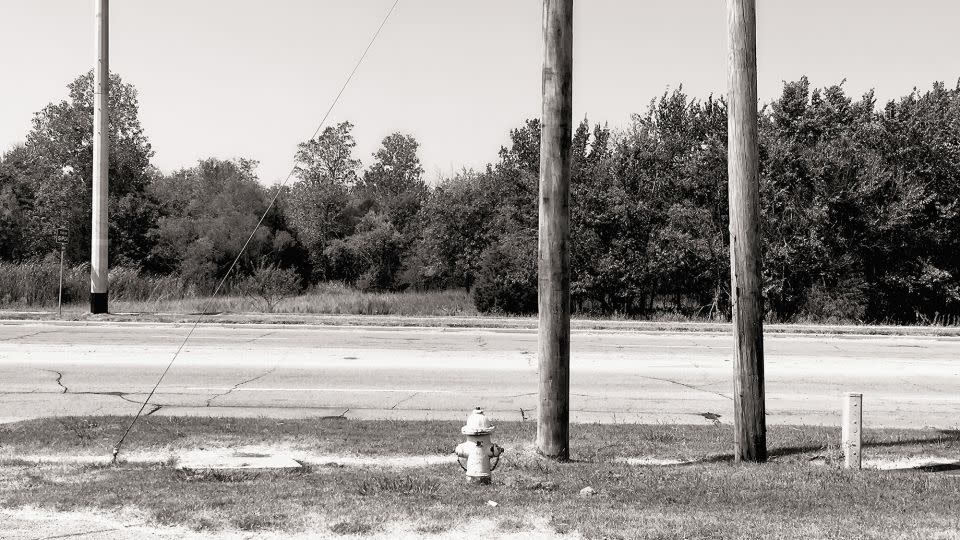
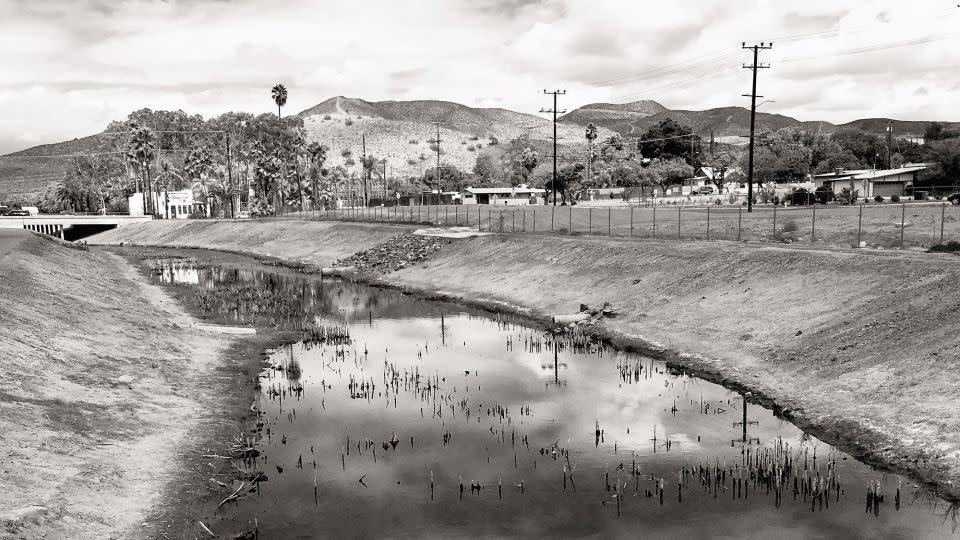
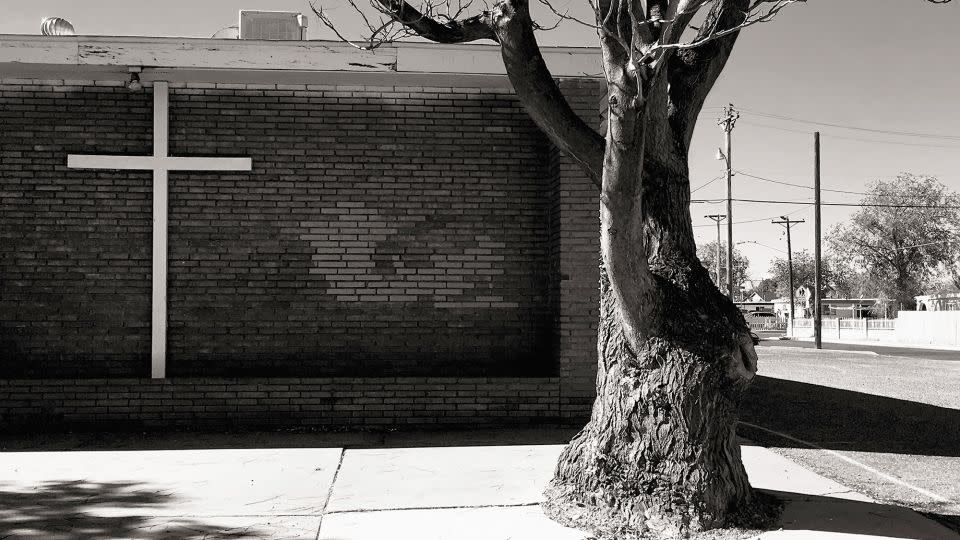
“Every time I got out of the car, I was very aware I was not just taking a photograph of a landscape or of a building. I was photographing something that held the last moments of someone’s life — unless they had been taken to hospital, it was the place where these deaths happened. It made me think about my country, and made me question so many things. ”
Of all the sites Matar visited, she said only seven had a memorial of some kind, whether that was a mural, flowers, memorabilia or photos. In a way, though, the photographs and the information placed alongside them in “My America” have a memorial-like quality of their own; Matar emphasizes this was a conscious decision in the book’s design. “I wanted a lot of white space in there, because I wanted the viewer to sit and think, and not just move on quickly,” she said.
While the biographical information next to each photograph is sparse, Matar researched and wrote a longer passage of text dedicated to each person’s life, and death, which is included in the book’s final pages.
She describes her research of the wider issues relating to law-enforcement related deaths as “even more affecting” than the process of making the photographs. This is exemplified in a series of pages in the middle of the book which outline key statistics related to such deaths, those impacted and factors involved — like that the number of people who die in encounters with police each year (around 1,000) has not changed in the nine years since Matar started researching the project in 2015.
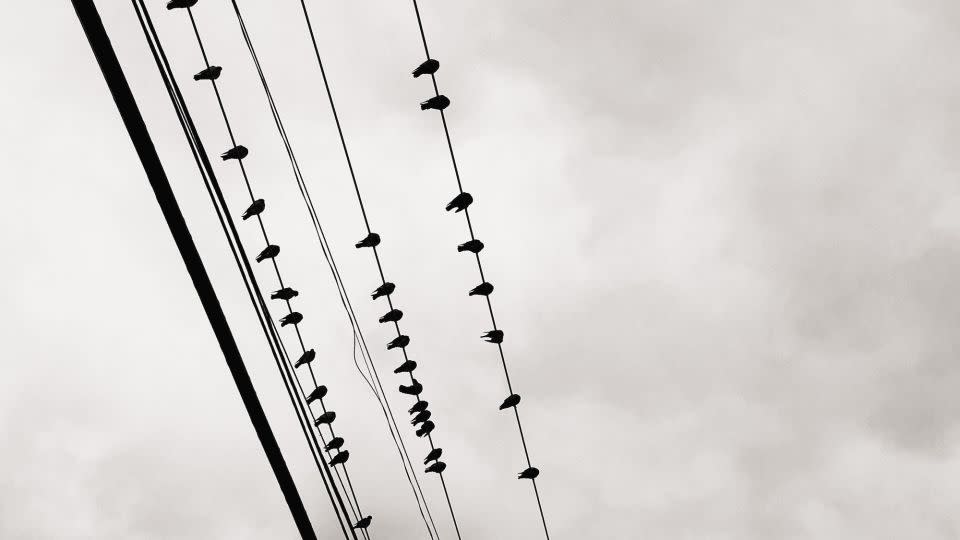
“When you see all the things that go into why this is occurring — the lack of mental health beds, the lack of arms training, the racial injustice — there’s so many things that come together in this particular challenge,” Matar reflected. “This book is placing this type of violence in a continuum of a lot of violence in the history of the country.”
“I don’t have an illusion that this work is going to change anything, she continued. “What I do think, though, is that point a camera at something, researching something, writing about something — all these things require great attention. And that attention is saying that this matters, this really matters.”
For more CNN news and newsletters create an account at CNN.com


